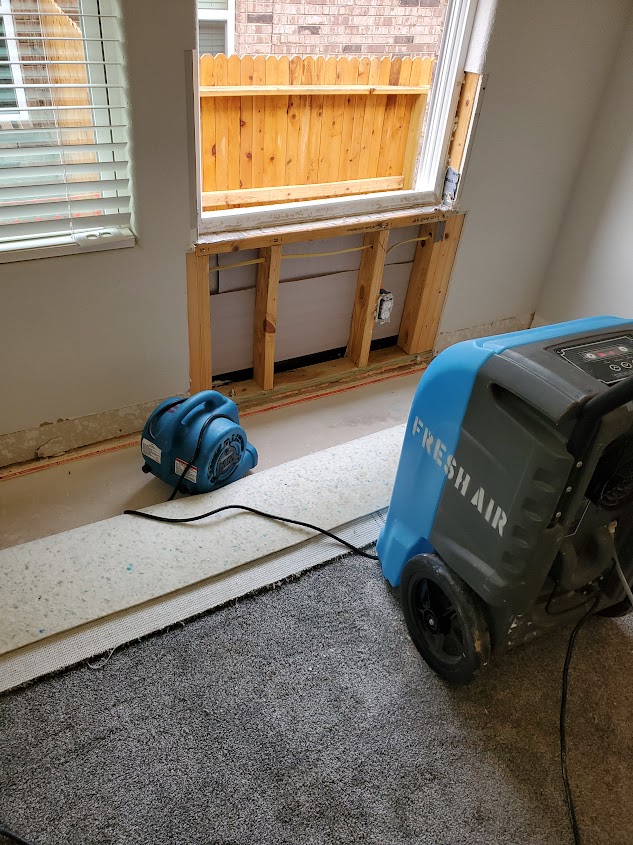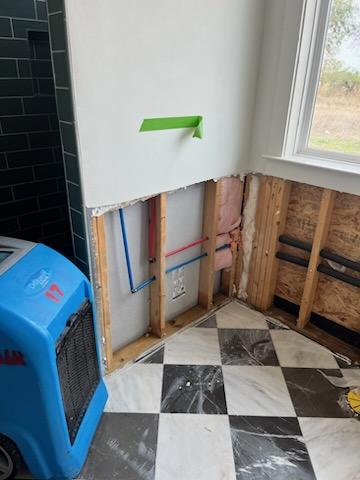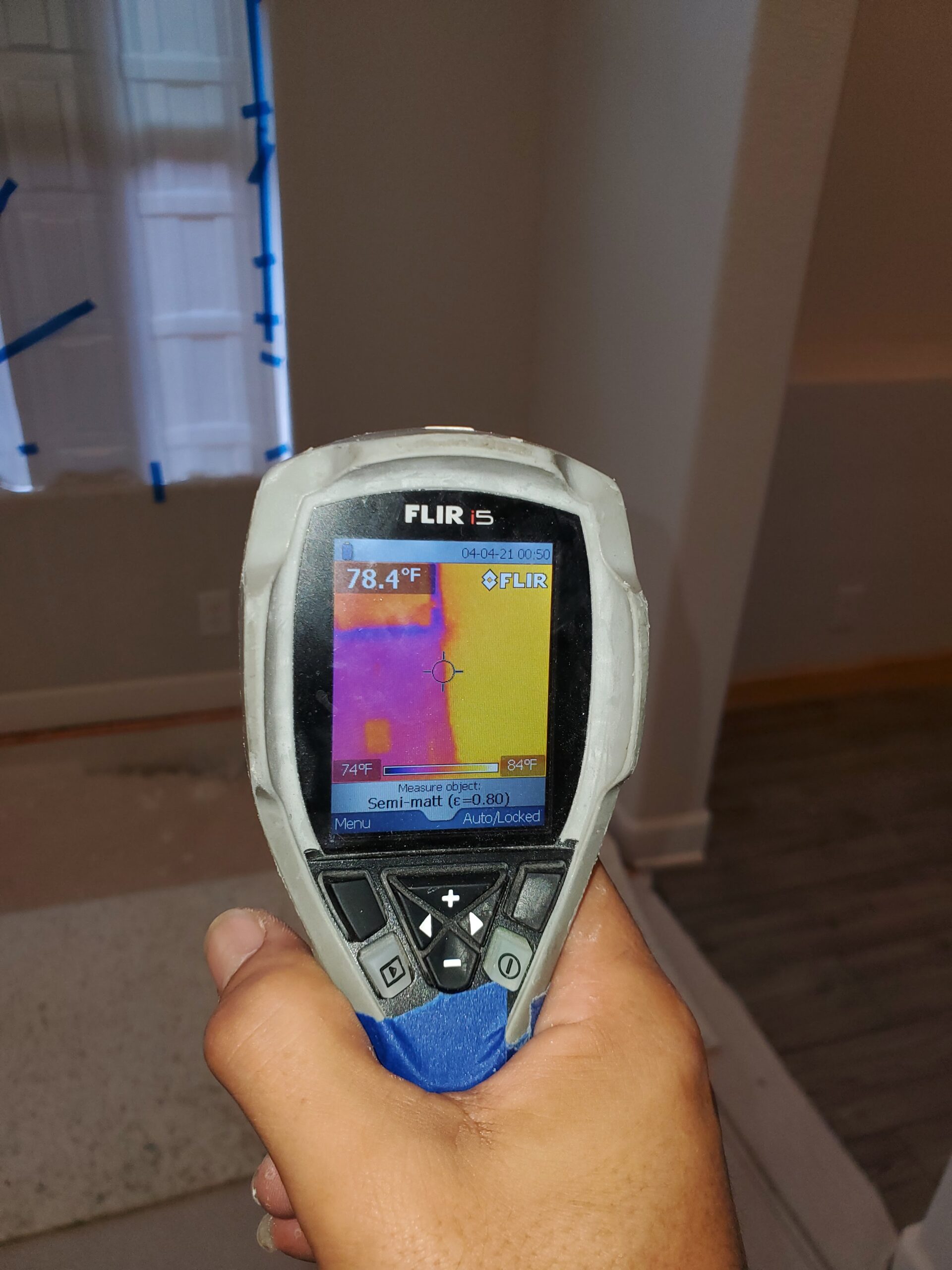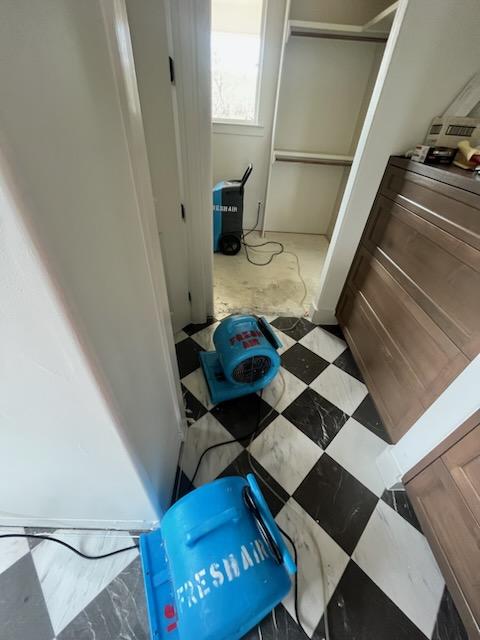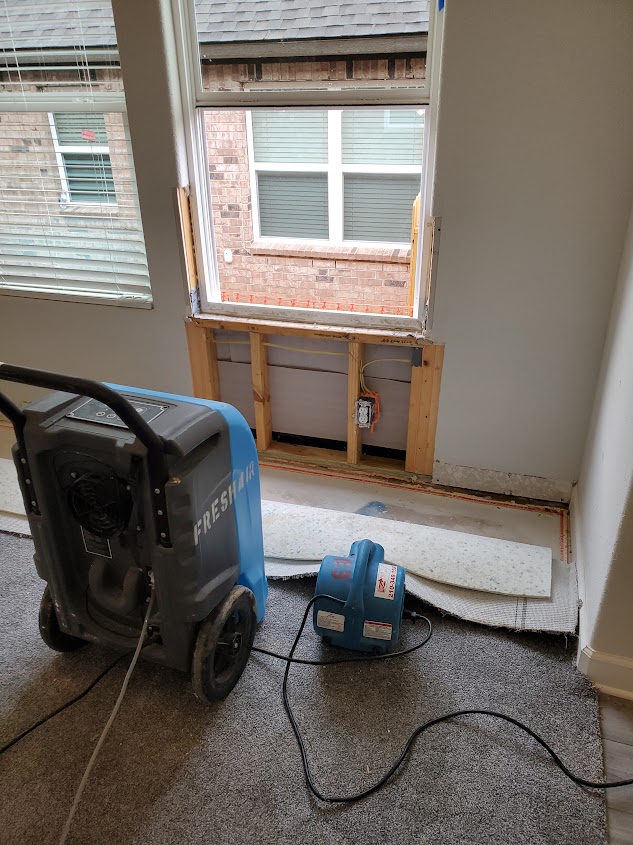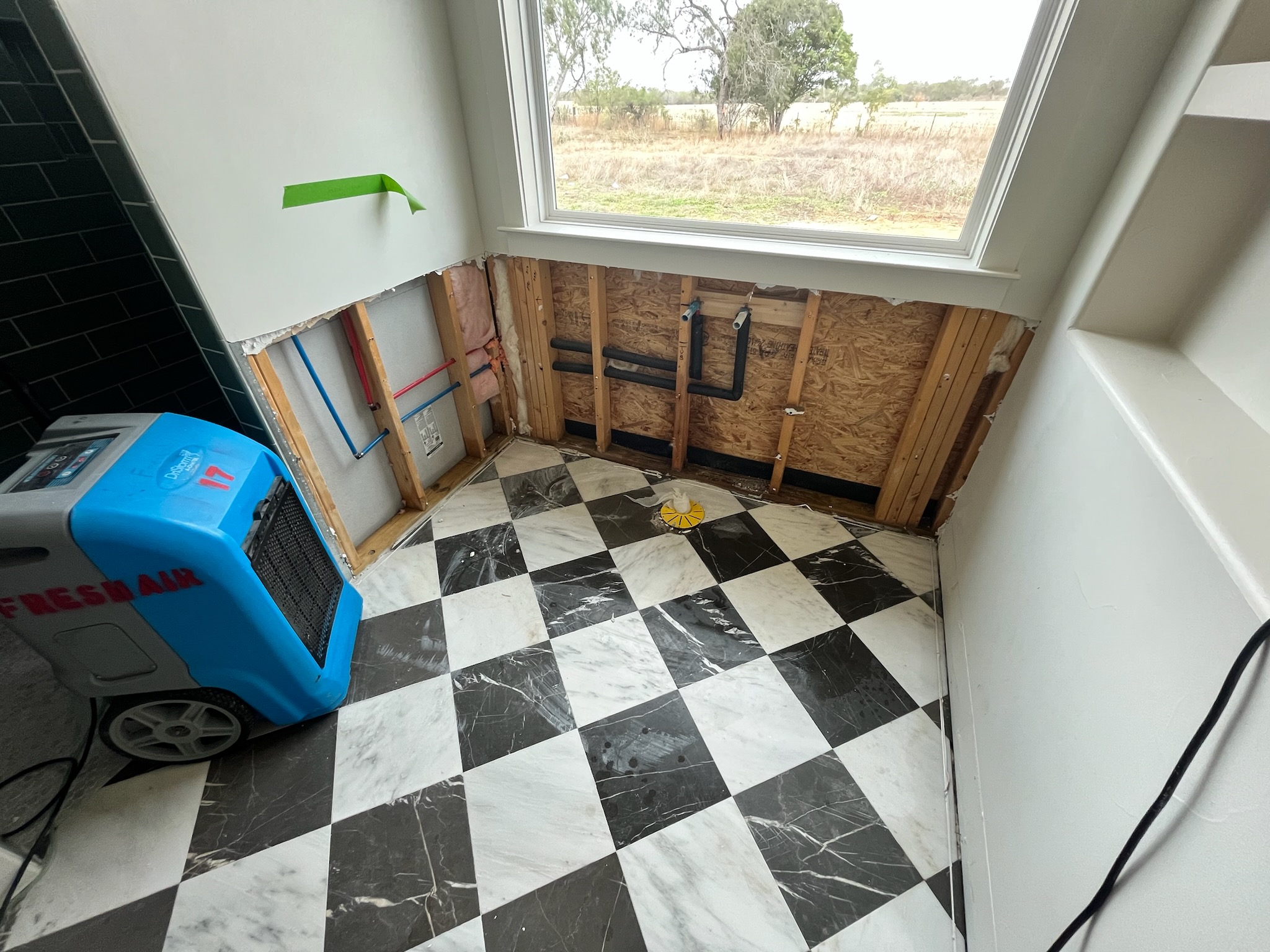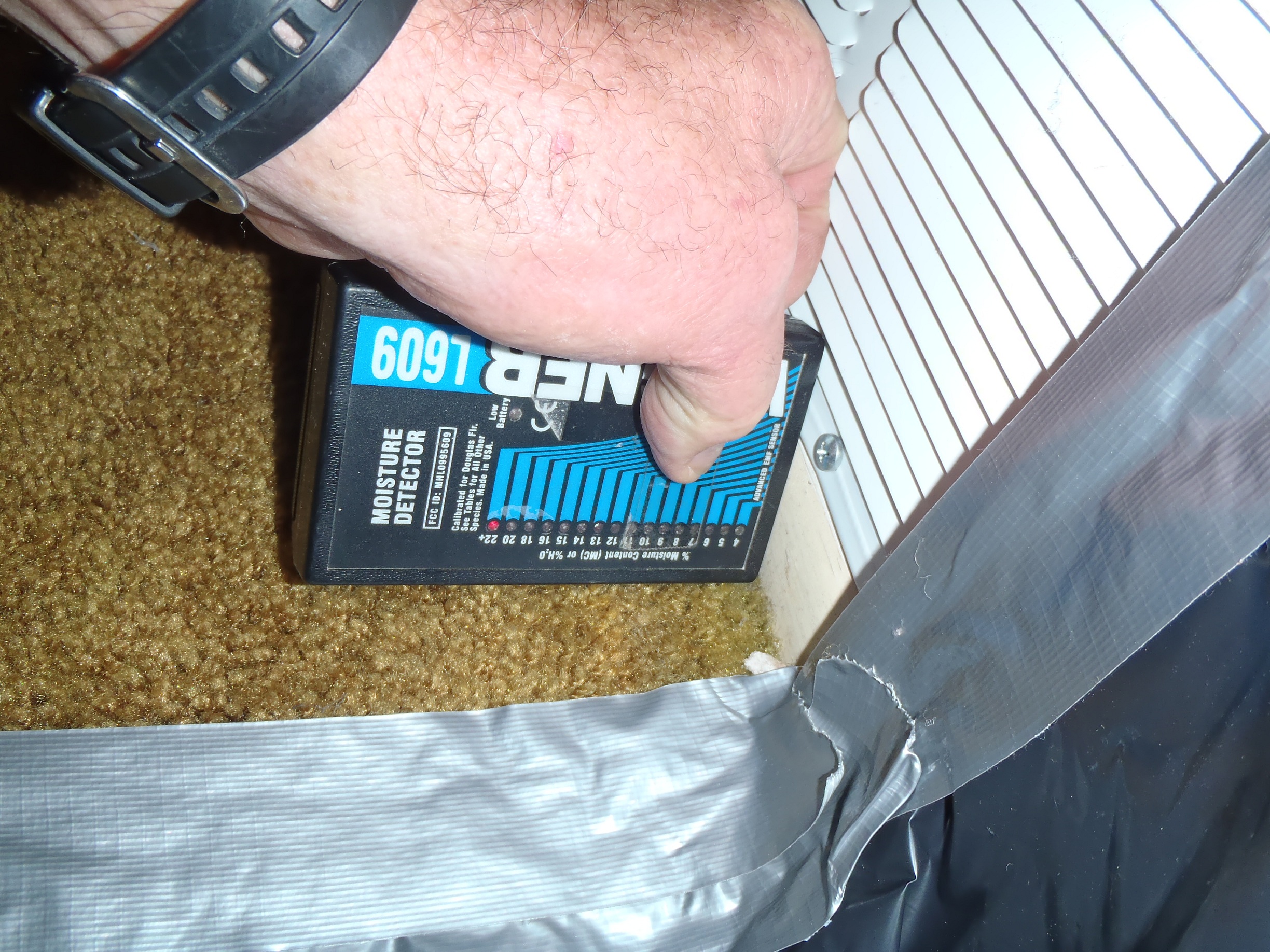San Antonio Water Damage Restoration
Water damage mitigation or restoration is the process of removing water from carpet, floors, trim, walls, insulation, ceilings, cabinets, and furniture. Drying out and saving as much as possible, and as quickly as possible, to prevent more damage and prevent mold from growing.
Why call us first?
• We do not ask for any upfront money for covered insurance claims
• We are bonded, insured, and licensed
• We have over 80 years in combined management experience
• We do not work for the insurance company like franchises do
• We work for you and will not take shortcuts
• We specialize in emergency water damage restoration
• We have been in business since 1991, and locally owned
(210) 349-1500
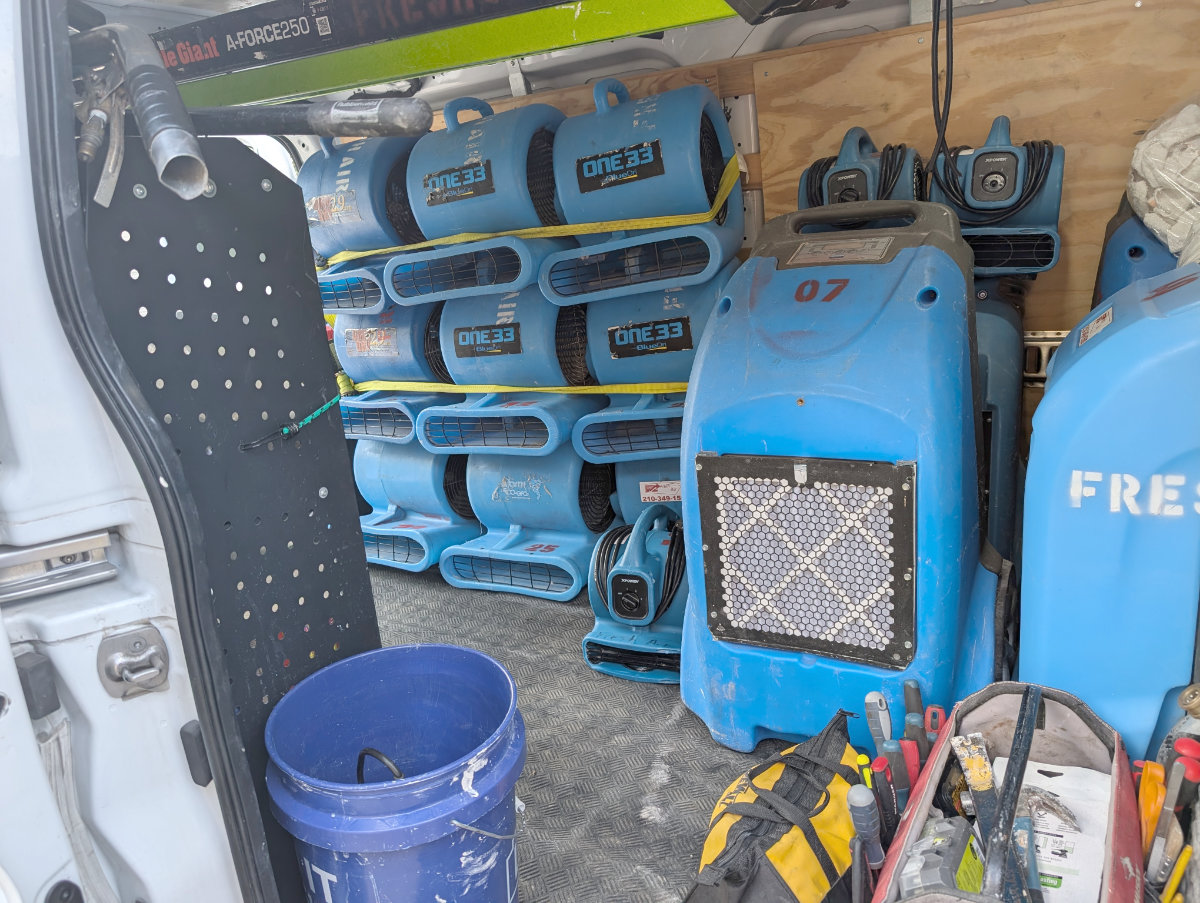
We own our vans and water removal equipment, and are on call 24 hours for emergencies.
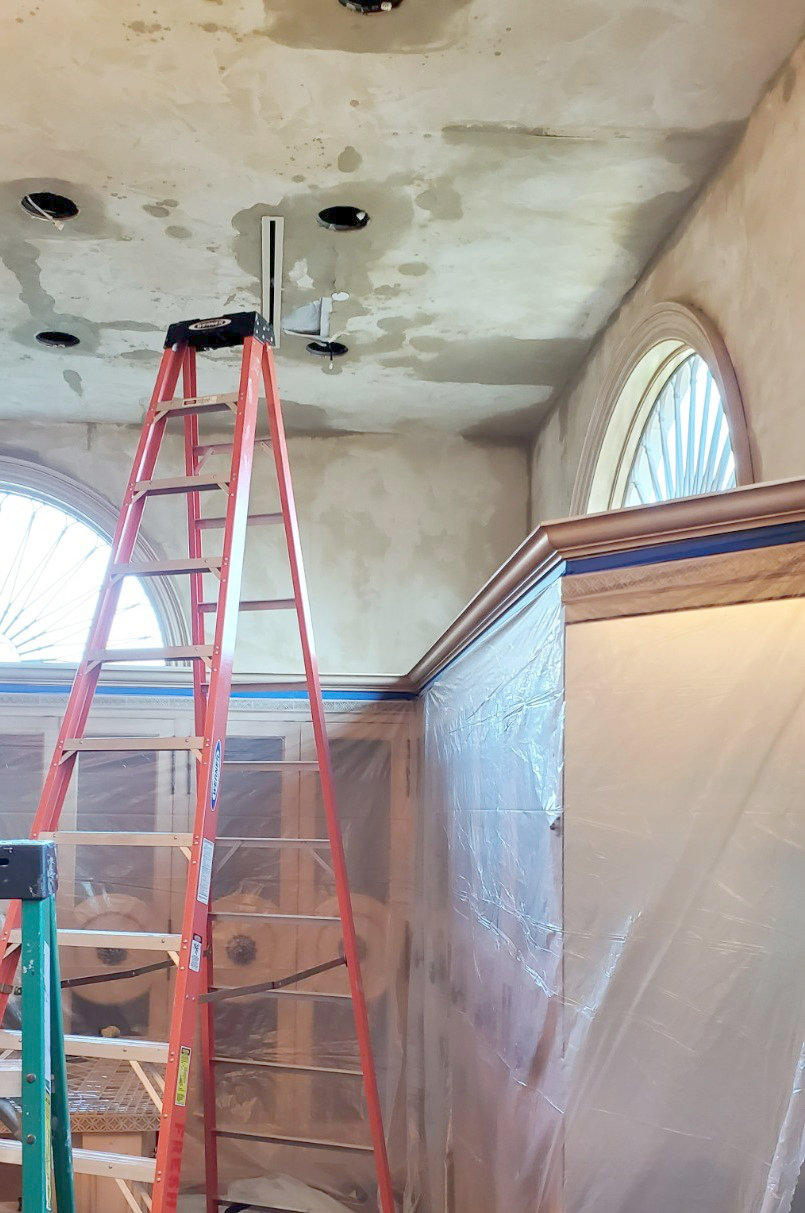
Tips for San Antonio Homeowners, if you have a water leak inside your home:
First, go to the street where your main water meter is, usually it’s close to the sidewalk or curb, with a metal grate over it, and shut the water off to your home. There may also be a plastic disc covering a valve box on the house side of the meter. Dig out the dirt, and you should see a hand turnable valve. If there isn’t a hand valve, use the valve on the meter (a tool with a U Shape on the end is probably needed – your neighbor might have one). If you have a water softener there may be a shut off valve located there.
Next, call a plumber to fix the leak. If you cannot locate a plumber call us, we will get one dispatched for you.
If this is an air conditioning leak, turn off your air conditioner and call Fresh Air Restoration & Cleaning right away. It may be something as simple as a clogged drain pan or drain pipe that we can clean out. If needed, we partner with licensed air conditioning repair companies that will respond., so you only have to make one call to us.
Next call Fresh Air Restoration and Cleaning, we have personnel on call 24/7/365. We will respond quickly to remove the water damaged materials such as carpet, carpet pad, wet sheetrock, and other non-salvageable items from your home.
We use infrared technology and moisture meters to locate hidden areas of moisture that may not be obvious to the human eye. Drying equipment such as dehumidifiers and air movers will be placed strategically in order to completely dry all materials such as wall studs. Contents that are salvageable will be dried out also. All areas will be treated with a disinfectant. A technician will return to check moisture levels and rearrange the drying equipment until all materials and/or contents are completely dried out.
We can also take any fine oriental and area rugs to our facility for drying, disinfecting and cleaning and return them to you like new.
In the event of a sewage line clog and back up, we will clean and completely disinfect the entire area. We have the latest in electrostatic foggers that will apply a small electrical charge to the disinfectant solution when passing through the nozzle. These charged particles adhere and stick to surfaces, and reach areas that a regular fogger will not.
The best thing about your bad situation is that we do not require any upfront money from you. We will bill your insurance company directly.
NO UPFRONT MONEY!
CALL US NOW: 210-349-1500
Regular maintenance of your HVAC system will help prevent water overflows that damage your home. A recommended HVAC company in San Antonio is WayMaker Air Conditioning.
Water Extraction Steps & Process
Water extraction services are 24 hours a day 7 days a week. This is an overview of what is involved in water damage mitigation.
On arrival, we will assess the water damage, consult with the owner or property manager and get a game plan together.
• Move furniture / items from affected areas.
• Take photos before starting the work.
• Extract all standing water from wood, tile, or carpeted floors.
• If carpet padding is present, then remove all water damaged padding
• Treat flooring and back of carpets with an EPA registered biocide
• Take moisture reading of baseboards and drywall prior to removal and document with photos.
• Remove water damaged base boards and dispose of.
• Remove water damaged drywall and wet insulation 2 ft up from the floor.
• Remove damaged built in cabinets if needed.
• Remove hardwood floors if needed, or provide a plan to recover them if possible.
• Remove drywall ceiling and wet insulation if a leak occurred from above.
• Treat all exposed wood or metal framing with an EPA registered biocide.
Once extraction is complete we will set up dehumidifiers and air movers to remove moisture and humidity from damaged materials and the air, for a minimum of 3 days, and take moisture readings to document the progress.
Once everything is dry, carpets and furniture cleaned, and mold is no longer a risk, your contractor or handyman can begin working to replace insulation and sheetrock and trim, then paint.

